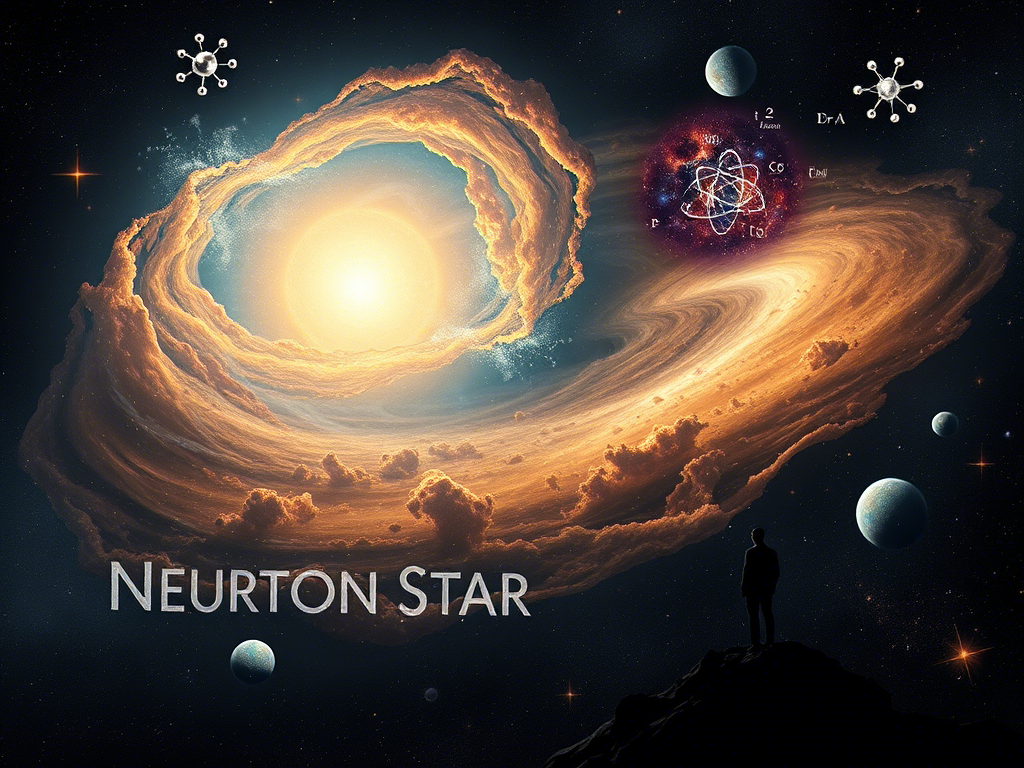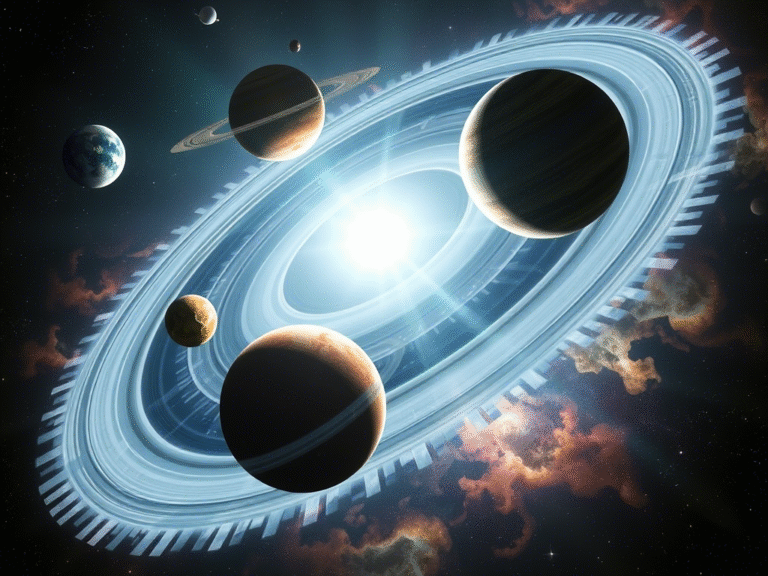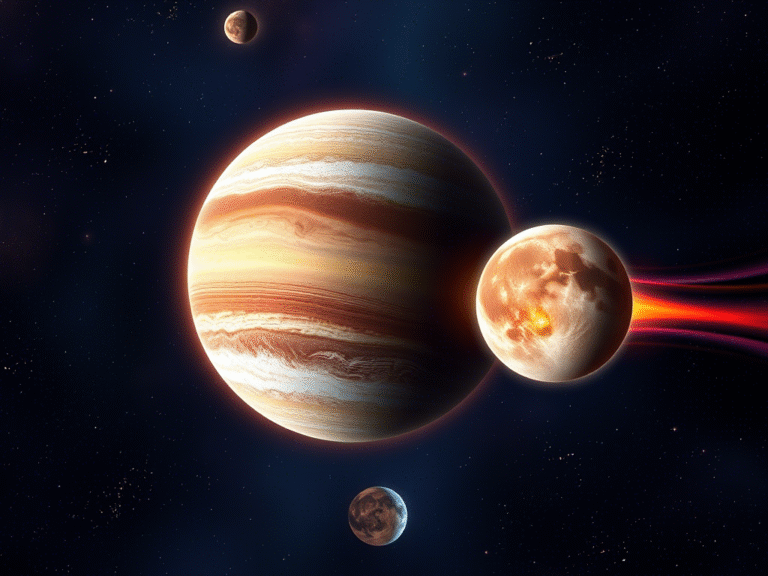
The Universe Is Running Out of Time — And So Are We
What If Everything in the Universe Is Slowly Disappearing?
It’s not just black holes that fade over time. A new study suggests that neutron stars, white dwarfs , and other ultra-dense cosmic objects may also slowly evaporate through a process similar to Hawking radiation — the quantum effect once thought to apply only to black holes.
This discovery dramatically changes our understanding of the universe’s long-term fate. Previously, scientists estimated that the cosmos might survive for an almost unimaginable 10¹¹⁰⁰ years before reaching its final state. But with this new research factoring in the slow decay of dense stellar remnants, the timeline has been drastically shortened — to about 10⁷⁸ years from now .
While that number is still far beyond human comprehension, it’s significantly smaller than earlier predictions — suggesting the end of the universe could come much sooner than we thought .
The study, which combines elements of astrophysics, quantum mechanics, and theoretical mathematics , doesn’t stop at stars. Researchers even calculated how long it would take for objects like the Moon — or even a human body — to eventually dissolve into quantum evaporation. Though these timescales are still immense by any earthly standard, they hint at a universe where nothing, not even solid matter, lasts forever .
Black Holes Aren’t the Only Things That Fade Away
A group of researchers from Radboud University in the Netherlands has taken their groundbreaking theory even further. Building on earlier work, black hole expert Heino Falcke , quantum physicist Michael Wondrak , and mathematician Walter van Suijlekom have proposed that not just black holes , but other extremely dense cosmic objects — like neutron stars — may also undergo a slow process of evaporation similar to Hawking radiation .
Their initial findings sparked widespread interest across both scientific communities and the general public. A key question kept emerging: How long would this cosmic decay actually take?
In their latest study, the team set out to answer exactly that — by running the numbers. Their calculations offer new insight into how long it might take for these massive celestial bodies to slowly vanish, reshaping our understanding of the universe’s distant future.
The Universe Has a Sooner-Than-Expected Expiration Date
According to new research from Radboud University, the final end of the universe may arrive “sooner” than previously thought — roughly 10⁷⁸ years from now , or 1 followed by 78 zeros. This is the estimated time it would take for the last remnants of stars — especially white dwarfs , the most durable stellar objects — to slowly vanish through a Hawking-like radiation process .
This revised timeline is dramatically shorter than older predictions, which estimated the universe’s lifespan at around 10¹¹⁰⁰ years , assuming no such evaporation occurred.
Lead researcher Heino Falcke commented:
“So the ultimate fate of the universe comes much sooner than we once believed — though thankfully, ‘soon’ is still an unimaginably long time.”
The Science Behind the Fade-Out
At the core of this theory is a modern update to Stephen Hawking’s groundbreaking 1975 idea. Hawking proposed that black holes aren’t truly eternal — they emit a faint form of radiation due to quantum fluctuations near their event horizons. In this process, particle-antiparticle pairs briefly pop into existence; one falls into the black hole, while the other escapes, gradually sapping the black hole’s mass.
Over time, this Hawking radiation causes even massive black holes to shrink and eventually vanish — a radical shift from Einstein’s belief that black holes could only grow.
Now, this new study extends that concept beyond black holes, suggesting that any sufficiently dense object — including neutron stars and white dwarfs — might also experience a similar kind of slow decay.
In the far future, this could mean that everything — not just black holes — ultimately fades away, particle by particle , into the cold, dark silence of a dying universe.
Density, Not Just Gravity, Drives Cosmic Evaporation
New calculations from the Radboud University team reveal that Hawking radiation isn’t limited to black holes — it could theoretically occur for any object with a gravitational field. More surprisingly, the time it takes for an object to “evaporate” appears to depend primarily on its density , rather than the strength of its gravity alone.
One of the most intriguing findings was that both neutron stars and stellar-mass black holes would decay over roughly the same timescale: about 10⁶⁷ years — far less than previously assumed.
This result came as a surprise to the researchers. After all, black holes have much stronger gravitational fields, which were expected to speed up the evaporation process. But as co-author and postdoctoral researcher Michael Wondrak explains:
“Black holes have no surface. They actually reabsorb some of their own radiation, which slows down the evaporation.”
This discovery shifts our understanding of how the universe might end — not just through the fading of black holes, but through the slow disappearance of all dense objects, driven by quantum effects once thought to apply only to the darkest corners of space.
Even the Moon and Humans Have an Expiration Date — Sort Of
In a fascinating extension of their research, the team from Radboud University didn’t stop at stars and black holes. They also calculated how long it would take for the Moon — and even an average human being — to evaporate via Hawking-like radiation.
The result? About 10⁹⁰ years , or 1 followed by 90 zeros. That’s an unimaginably long time — far beyond anything we can experience or even fully grasp.
Of course, as the researchers gently point out, other forces of nature will likely erase us and the Moon much sooner than that — like asteroid impacts, planetary decay, or the death of the Sun.
Science Meets Philosophy
Walter van Suijlekom, professor of mathematics at Radboud University and co-author of the study, emphasized that this research is a unique blend of astrophysics, quantum theory, and mathematics — showing how powerful interdisciplinary collaboration can be.
“This kind of work helps us test and expand our understanding of fundamental theories,” he said.
“By asking extreme ‘what if’ questions — like whether everyday objects can evaporate — we push the boundaries of physics. One day, this might even help us finally observe and understand Hawking radiation in real life.”





